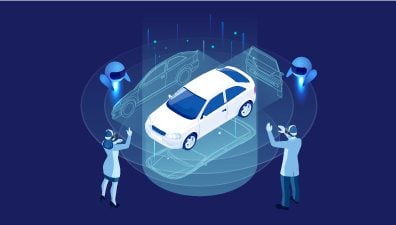Digital transformation has been a buzzword for businesses for a few years now. But what does it actually mean, and when did it start? In this blog post, we’ll explore the history of digital transformation and how it’s evolved over the years. We’ll also look at some key drivers behind this trend and how businesses can make the most of it. Stay tuned!
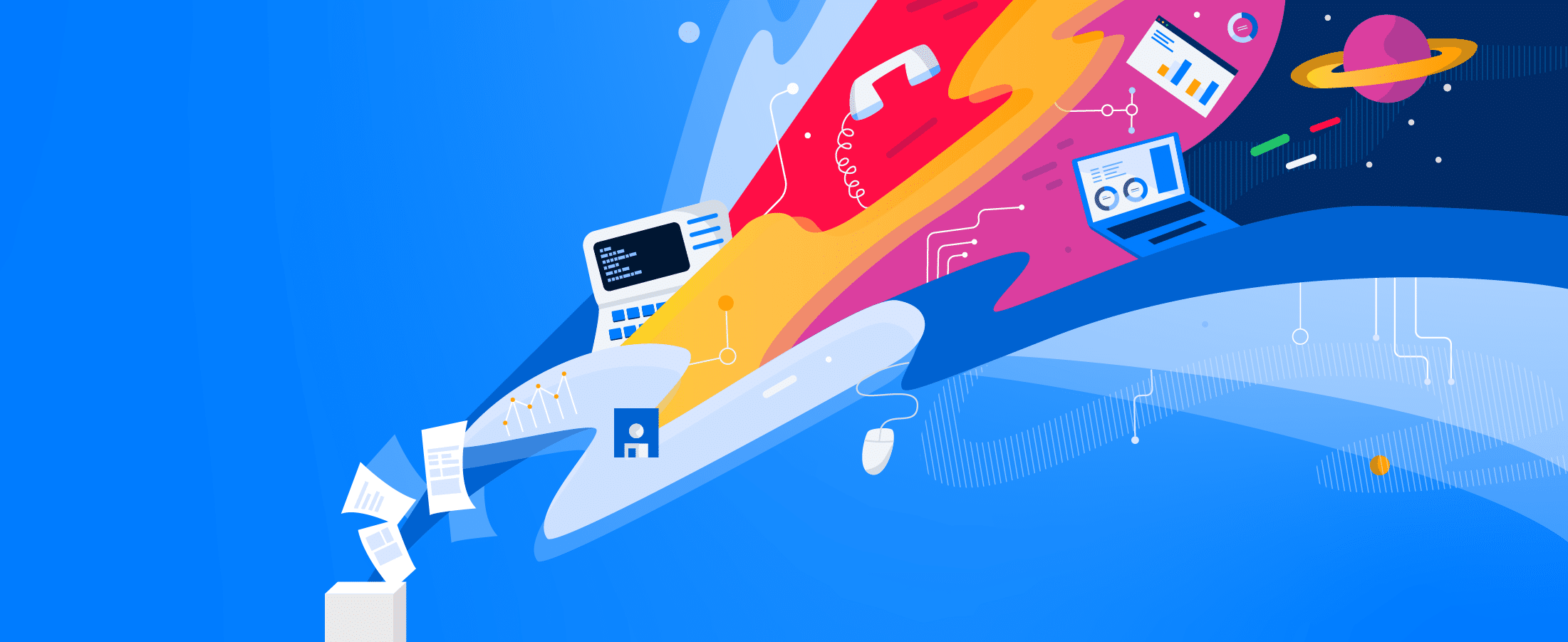
Table of Contents
A Short History of Digital Transformation
Despite being a relatively new concept, digital transformation has a long history. It can be traced back to the late 1970s when computer-aided design and manufacturing were first used in businesses. This was followed by the introduction of enterprise resource planning in the 1980s and customer relationship management in the early 1990s.
Each of these technologies aimed to improve efficiency and productivity by digitizing manual processes. In the late 1990s, we saw the rise of eCommerce and online banking. These activities were initially carried out offline but were later moved online as internet speeds increased. This was followed by the introduction of social media in the mid-2000s, which revolutionized how we communicate and share information.
When companies first started using digital channels, they focused on connecting with their customers. This was followed by the emergence of digital processes to support customer interactions. As companies’ digital ambitions grew, they soon realized that they needed dedicated digital teams to manage new social and mobile channels.
Over the past decade, we have seen a renewed focus on digital transformation as businesses strive to remain competitive in a global marketplace. Although the concept is not new, it has taken on a new urgency in recent years.
The Evolution Of Digital Transformation
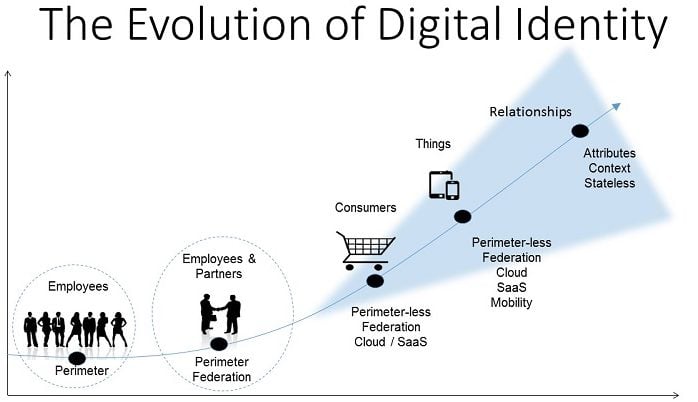
Increasingly, work is becoming digital, mobile, and social. This shift is being driven by changes in technology, demographics, and the workplace itself. This transformation impacts every aspect of work, from how we communicate and collaborate to how we learn and innovate. As organizations continue to embrace digital transformation, we can expect even more changes in how work gets done.
Systems Of Record
In the past, paper-based record-keeping was the norm, but today more and more businesses are turning to digital systems. The benefits of digital transformation are many and varied, but perhaps the most important is the fact that it helps businesses to become more efficient and organized.
By moving to a digital record-keeping system, businesses can save time and money on storage, retrieval, and management of records. In addition, digital systems offer greater flexibility and scalability than paper-based systems, making it easier for businesses to grow and adapt to changing needs.
Systems Of Collaboration
Over the past decade, digital transformation has radically altered the way we live and work. The proliferation of mobile devices and apps has made it easier than ever to connect and collaborate with others, regardless of location. This has had a profound impact on the way businesses operate, as employees are now able to work together more efficiently than ever before.
The rise of cloud-based collaboration tools has made it even easier to share information and stay connected while also providing a platform for innovation. As the world continues to become more connected, it’s clear that digital transformation will continue to shape the way we work together.
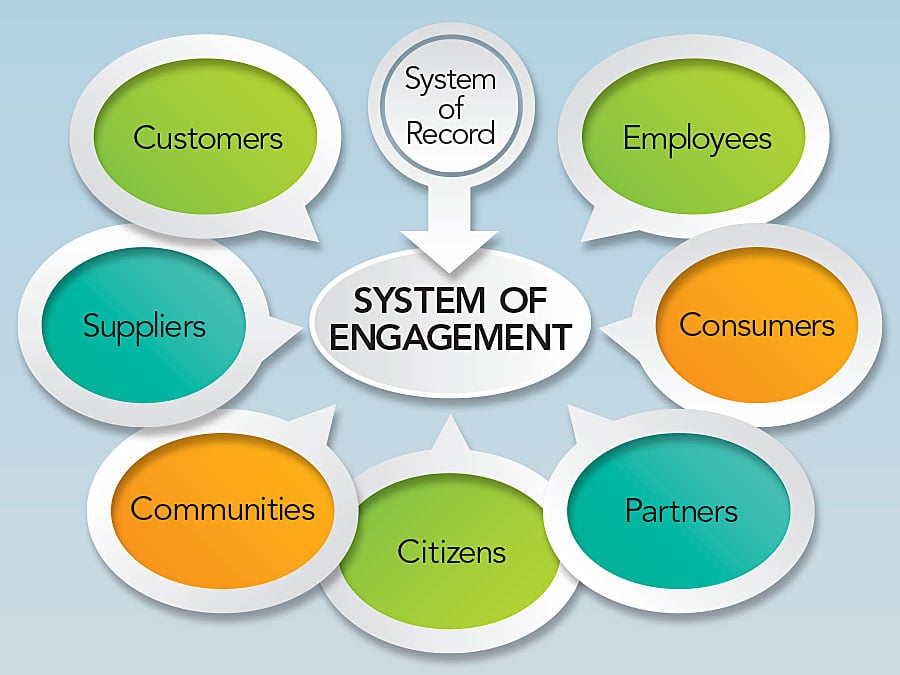
Systems Of Engagement
The ongoing digital transformation is having a profound effect on how companies engage with their customers, employees, and partners. The traditional linear model of customer engagement, in which companies push out messages to customers who then take action, is no longer effective.
Today, customers are increasingly empowered and interconnected, and they expect companies to meet them on their terms. In response, companies are adopting new engagement models that are built around developing deeper relationships with customers.
These models focus on two-way communication and data sharing, and they leverage customer insights to drive personalized experiences. As the digital transformation continues to unfold, it will continue to drive changes in how companies engage with their stakeholders.
Systems Of Productivity And Outcomes
For centuries, people have been looking for ways to be more productive. The industrial revolution saw the introduction of new machines that greatly increased the output of factories.
However, it was not until the late 20th century that productivity really began to take off. This was thanks to the advent of digital technology, which allowed businesses to automate many of their processes. In recent years, we have seen a further increase in productivity thanks to the application of digital transformation.
By digitizing their operations, businesses have been able to improve their efficiency and respond more quickly to changes in the market. As a result, they have been able to produce more with less, leading to a significant increase in productivity.
Digital transformation’s presence and its key roles
Digital transformation is one of the most talked-about business phenomena of the last decade. And for a good reason, it has the potential to make organizations more agile, efficient, and customer-centric. But what are the key roles of digital transformation in businesses?
The enterprise data architect or chief data officer
One of the most important roles in digital transformation is the enterprise data architect or chief data officer. This individual is responsible for designing and implementing the data strategy for the organization. They work with all departments to collect, store, and analyze data so that it can be used to improve business processes.
In addition, they develop data governance policies to ensure that the data is accurate and reliable. With the right data in place, organizations can make better decisions, improve customer experiences, and fuel growth. As a result, the enterprise data architect or chief data officer plays a vital role in digital transformation.
The database administrator
In today’s business world, data is everything. It helps companies make informed decisions, track progress, and identify areas for improvement. As a result, the role of the database administrator has become increasingly important. A database administrator is responsible for managing and organizing data, as well as ensuring that it is secure and accessible.

In many cases, they are also responsible for developing new ways to store and use data. As businesses undergo digital transformation, the role of database administrator will become even more critical. They will need to be able to adapt to new technologies and trends, as well as work with ever-changing data sets. With the right skills and attitude, a database administrator can be vital to any digital transformation team.
The business process expert
A digital transformation is the automation of business processes using relevant technologies. The goal of digital transformation is to improve efficiency and effectiveness while reducing costs. Common technologies used in digital transformation include artificial intelligence (AI), machine learning, robotics, and distributed ledger.
The use of these technologies can help businesses automate tasks, making them more efficient and effective. For example, AI can be used to automate customer service tasks, such as answering customer questions or providing recommendations. Machine learning can be used to improve the accuracy of predictions made by algorithms, and robotics can be used to automate tasks that are repetitive or dangerous for humans.
The chief digital officer
A chief digital officer (CDO) is a corporate executive responsible for an organization’s digital strategy and transformation. The CDO role is relatively new, appearing in just the last few years as businesses have become increasingly aware of the need to transform themselves digitally. As the world becomes increasingly connected, businesses need someone at the helm who understands how to navigate this ever-changing landscape.
A CDO is responsible for leading an organization through its digital transformation journey, from the current state to the future state. This includes developing a vision and strategy for digitization, as well as executing that strategy through organizational change, product and service innovation, and operational excellence. A CDO must have a deep understanding of both technology and business and be able to bridge the gap between the two in order to drive value for the organization.
The cloud architect
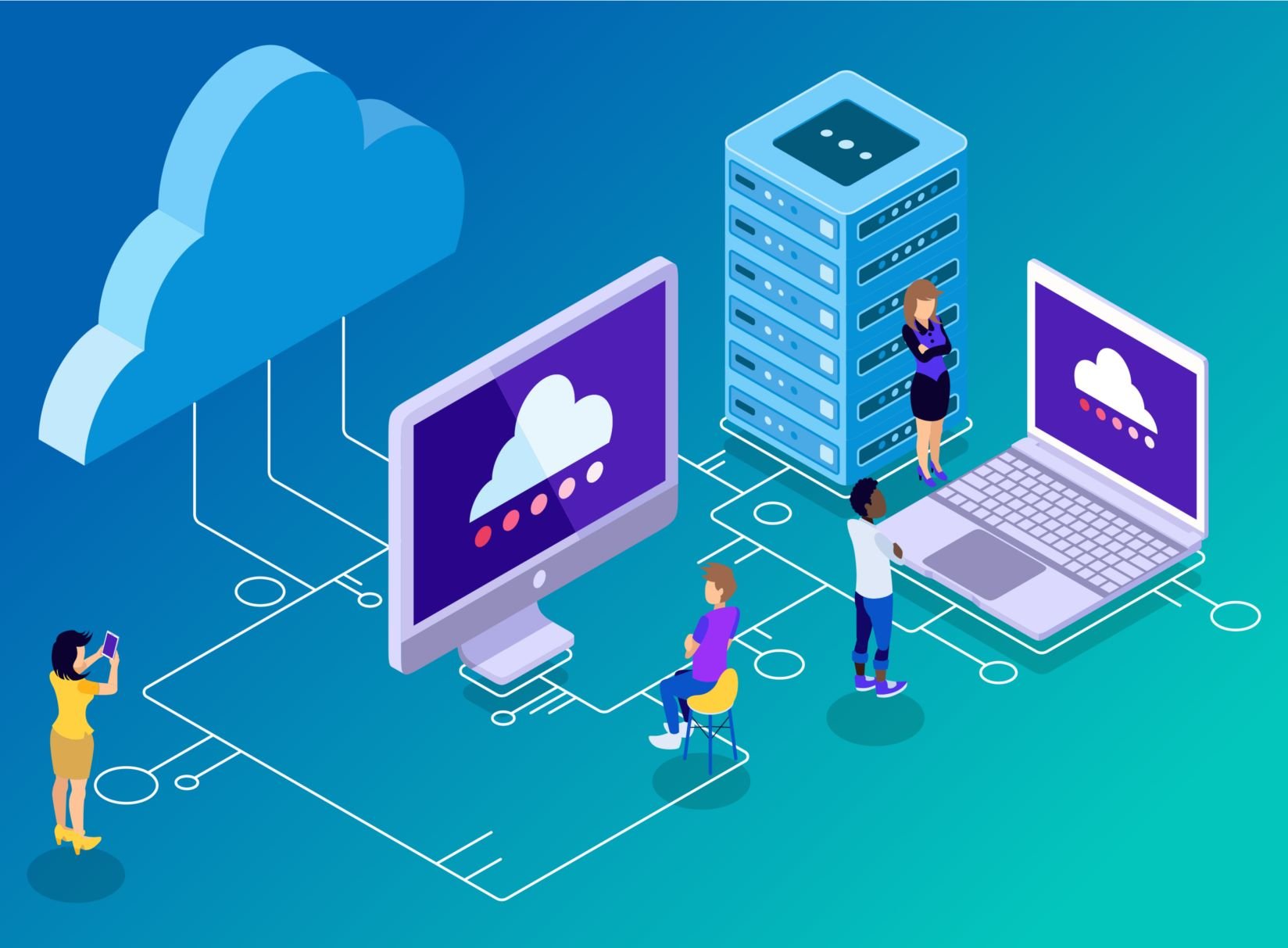
In a rapidly digitizing world, companies must move quickly to stay ahead of the competition. That’s where cloud architects come in. Cloud architects are responsible for designing, building, and managing a company’s cloud computing infrastructure. This includes everything from selecting the right cloud provider to ensuring that data is stored securely and efficiently.
Perhaps most importantly, cloud architects must be able to continually adapt their designs as new technologies and trends emerge. As such, they play a critical role in helping companies keep up with the latest digital innovations. In short, cloud architects are key players in the digital transformation of businesses.
Digital transformation’s future trends
By taking advantage of the latest trends and being proactive in preparing for those that lie ahead, your business can ensure that it stays ahead of the curve and continues to grow in this ever-evolving industry.
5G and IoT
The fifth generation of cellular technology, 5G, is set to revolutionize the world of the Internet of Things (IoT). 5G networks will provide enhanced mobile broadband, ultra-reliable low-latency communications, and massive machine-type communications.
This is essential for the continued growth of the IoT, as 5G will enable a new class of applications that simply are not possible with current 4G networks. For example, high-definition video streaming and virtual reality will become commonplace thanks to the low latency and high speeds of 5G.
Zero-Trust Security
As we move into the next decade, businesses will need to continue adapting to the ever-changing technological landscape. One of the biggest challenges they will face is cybersecurity. With the rise of remote work and the increase in cyberattacks, businesses will need to implement Zero-Trust security measures to protect their data.
How can Zero-Trust security work? In this security framework, all users, no matter whether they belong to the organization’s network or not, have to meet the security configuration and posture by getting authenticated, authorized, and validated continuously to be allowed to access the system’s applications and data.
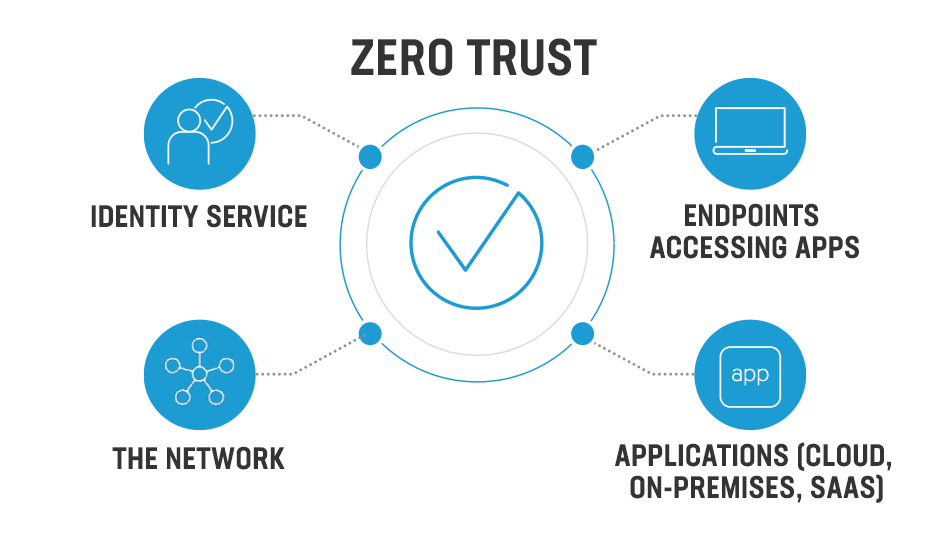
Software 2.0
Businesses will need to move towards software 2.0, which is more flexible and scalable because this software can automatically create source code to build neural networks. To do this, they will need to adopt a data fabric approach that allows for easy data sharing and integration.
Data Fabric
We are in the midst of a digital transformation. Data is becoming more and more central to everything we do, and as such, its management is becoming increasingly complex. To meet this challenge, businesses are turning to data fabrics. A data fabric is a unified platform that allows businesses to manage their data at scale across disparate systems. It enables businesses to design, deploy, and manage data-driven applications with ease.
Hyperautomation
Hyperautomation is another emerging trend that is helping businesses to streamline their operations and reduce costs. Hyperautomation is the automation of tasks that are typically performed by humans. It leverages artificial intelligence and machine learning to automate repetitive tasks, freeing up employees to focus on higher-value work.
RPA (Robotic Process Automation) and Low-Code Platforms are two of the most popular hyper automation-oriented initiatives today. RPA is a technology that enables organizations to automate repetitive, rule-based tasks. Low-code platforms, on the other hand, allow businesses to develop custom applications without writing code. These platforms provide a visual drag-and-drop interface that makes it easy to create apps without any coding knowledge. Both RPA and low-code platforms can help organizations improve efficiency, optimize processes, and save time and money.
Total Experience
Increasingly, companies are coming to realize that total experience, or TX, is essential for long-term success. TX refers to the combination of user experience (UX), customer experience (CX), and employee experience (EX). By taking a holistic approach to TX, companies can create a positive brand impression that drives both sales and loyalty.
Everything as a Service (XaaS)
The as-a-service model has been gaining popularity in recent years as it provides customers with a flexible and affordable way to access a wide range of services. Everything-as-a-service or XaaS is the latest trend in this domain, which takes the concept even further by delivering anything to the customers as a service. This includes services such as software, platform, infrastructure, data, and even process. The XaaS model is highly beneficial for businesses, as it helps them to focus on their core competencies and outsources the non-core functions.
Generative AI
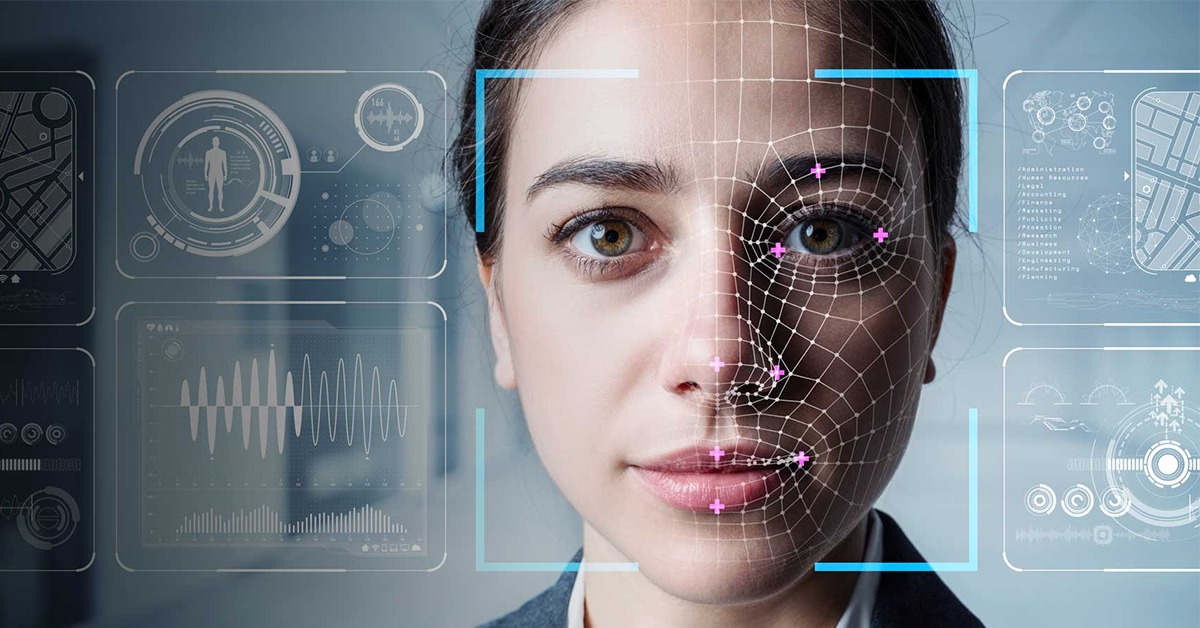
Generative AI is a branch of AI that focuses on generating new content based on existing content. This technology has a wide range of applications, from creating realistic 3D images for movies to generating new product designs. Generative AI is an important part of the trend of digital transformation, as it can help businesses create new content faster and more efficiently.
AR Cloud
One area that is gaining a lot of attention is the AR Cloud or Augmented Reality Cloud. This technology creates a digital 3D copy of the real-world environment and enables sharing of the experience with multiple users in real-time. The benefits of this technology are many, including the ability to improve collaboration, create virtual prototypes, and speed up product development cycles. Additionally, the AR Cloud can be used to create training simulations and provide remote assistance.
In Conclusion,
Despite the many challenges and changes in the history of digital transformation that still need to be addressed, it is well on its way to becoming a staple in businesses all around the world. What are you waiting for? Get started on your own digital transformation journey today.



